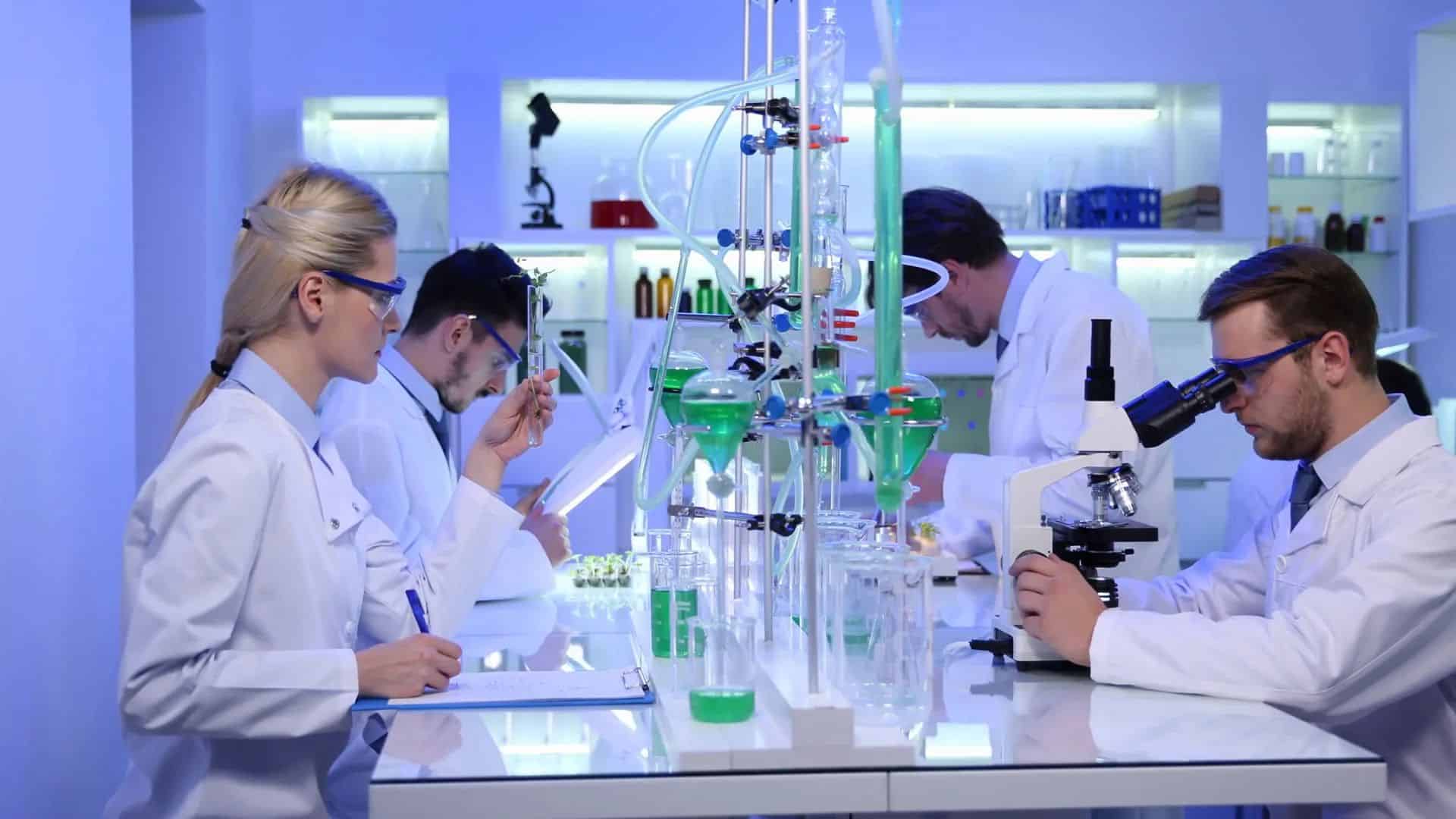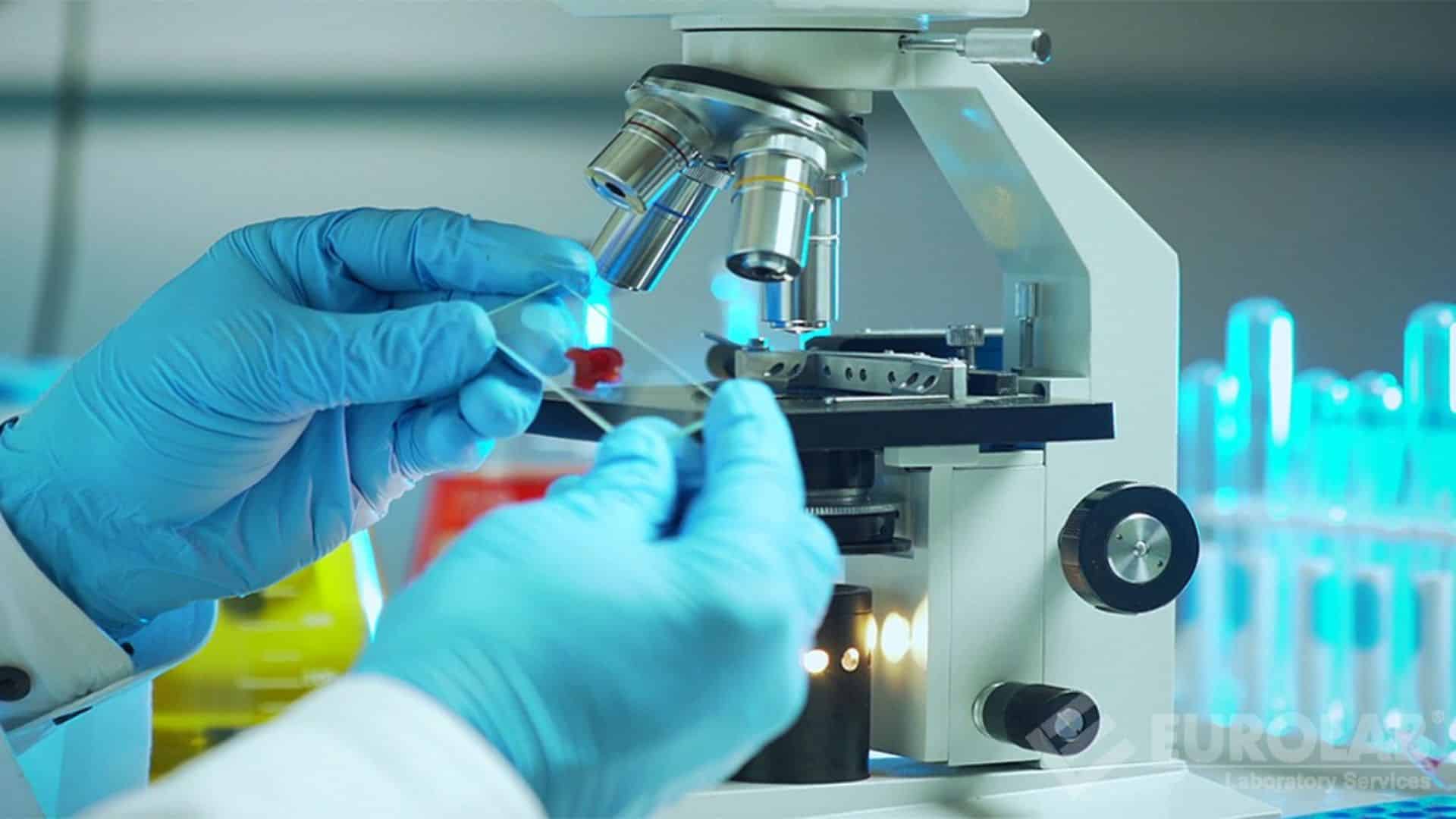Quality Governance and Operational Safety Management (QGOSM) is a critical framework for ensuring safety and quality across various sectors. Keeping up with the latest updates in QGOSM is essential for organizations aiming to maintain high standards and regulatory compliance. This blog delves into the most recent developments in QGOSM that you should be aware of, highlighting how these updates can enhance your operational safety and quality management processes.

Introduction to QGOSM
QGOSM is designed to provide a structured approach to managing quality and safety within an organization. It encompasses a range of practices and procedures aimed at minimizing risks and ensuring consistent quality. The recent updates in QGOSM reflect the ongoing evolution of best practices and technological advancements in this field.
Integration of Advanced Technologies
One of the significant updates in QGOSM is the integration of advanced technologies to improve safety and quality management.
- Artificial Intelligence (AI) and Machine Learning (ML): These technologies are being used to predict potential safety issues and quality defects before they occur. AI-driven analytics can process vast amounts of data to identify patterns and trends, enabling proactive measures.
- Internet of Things (IoT): IoT devices are increasingly being used to monitor equipment and environmental conditions in real-time. This continuous monitoring helps in early detection of potential hazards, ensuring timely intervention.
Enhanced Risk Management Frameworks
The latest QGOSM updates emphasize the importance of robust risk management frameworks. These frameworks are designed to identify, assess, and mitigate risks more effectively.
- Risk Assessment Tools: New tools have been introduced to enhance the accuracy and efficiency of risk assessments. These tools use data analytics to provide a comprehensive view of potential risks.
- Continuous Improvement: The updates promote a culture of continuous improvement, where organizations regularly review and update their risk management practices to adapt to changing conditions and emerging threats.
Improved Regulatory Compliance
Staying compliant with regulations is a critical aspect of QGOSM. The latest updates provide clearer guidelines and enhanced support for regulatory compliance.
- Compliance Management Systems: Advanced systems have been developed to help organizations stay compliant with local and international regulations. These systems offer automated tracking and reporting features to ensure all regulatory requirements are met.
- Updated Standards and Protocols: New standards and protocols have been introduced to address contemporary challenges in safety and quality management. Organizations are encouraged to align their practices with these updated standards to maintain compliance and improve operational efficiency.

Conclusion
Keeping abreast of the latest updates in QGOSM is essential for organizations committed to maintaining high standards of safety and quality. The integration of advanced technologies, enhanced risk management frameworks, improved regulatory compliance, focus on cybersecurity, and enhanced training and development are some of the key updates that can significantly impact your operations. By embracing these updates, organizations can ensure and remain at the forefront of quality governance and operational safety management, thereby safeguarding their reputation and achieving sustainable success.














